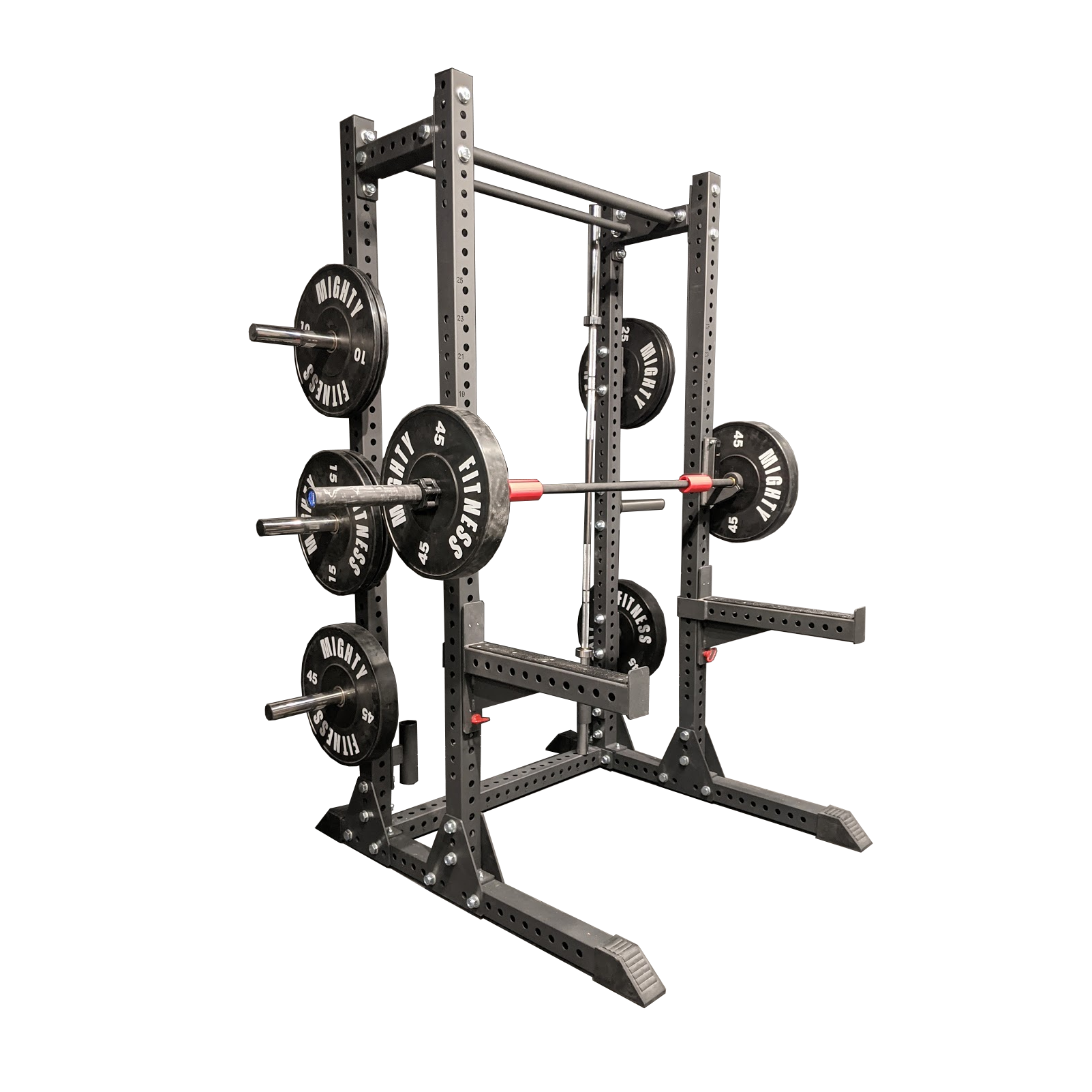Mental and Physical Health Benefits of Exercise
Physical activity can be incredibly good not only for our physical health, but also for our mental health. Physical exercise is described as any sort of organized, controlled, and repetitive physical activity used to condition any component of the body. This could be lifting weights, following a training plan, or participating on a sports team. This, however, is not the only way to exercise. Exercise can be defined as any sort of physical activity performed outside of one's typical daily routine.
Regular physical activity can help you increase your muscle strength, endurance, and attain your weight loss goals. Exercise also helps your cardiovascular system perform more efficiently by delivering oxygen and nutrients to your tissues. That is, exercise helps you improve the function of your heart and lungs. This enhancement can help boost your energy levels throughout the day, giving you more energy to accomplish daily activities and duties.
Mental Health Benefits of Exercise
Exercise and stress
Exercise is a safe and effective natural anti-anxiety medication. It reduces tension and stress, increases physical and mental vitality, and improves overall well-being by releasing endorphins. Anything that gets you moving will help, but paying attention instead of zoning out can provide a greater benefit.
Physical activity and ADHD
Regular exercise is one of the simplest and most effective strategies to minimize ADHD symptoms and improve concentration, motivation, memory, and mood. Physical activity quickly increases dopamine, norepinephrine, and serotonin levels in the brain, all of which affect focus and attention.
Depression and exercise
Exercise is an effective antidepressant for numerous reasons. Most significantly, it stimulates all types of brain changes, including neuronal development, decreased inflammation, and new activity patterns that enhance sensations of peace and well-being. It also causes the release of endorphins, which are potent chemicals in your brain that stimulate you and make you feel happy.
PTSD, trauma, and exercise
Evidence suggests that simply concentrating on your body and how it feels as you exercise, you can actually assist your nervous system in being "unstuck" and moving out of the immobility stress reaction that characterizes PTSD or trauma. Instead of letting your mind wander, pay attention to the actual sensations in your joints and muscles, as well as your insides, when your body moves.
Benefits of Physical Activity
Weight Loss
Eating habits and physical activity routines are both important in weight management. You gain weight when you consume more calories through eating and drinking than you burn, including calories burned through physical exercise.
Strengthen Your Muscles and Bones
It is critical to safeguard your bones, joints, and muscles as you age because they support your body and allow you to move. Keeping your bones, joints, and muscles healthy will help you complete your regular activities and be physically active.
Lifting weights and other muscle-strengthening activities can help you grow or maintain muscular mass and strength. This is crucial for older folks who lose muscle mass and strength as they age.
Increase Your Chances of Living Longer
Strong scientific evidence shows that physical activity delays death from all causes, according to a 2018 report from the Department of Health and Human Services Trusted Source.
Even better, the advantages begin to accrue with only a few minutes of moderate-to-vigorous exercise per week. The greatest shift happens when a person transitions from inactive to insufficiently active.
Enhance Your Ability to Perform Daily Activities and Avoid Falls
Climbing stairs, food shopping, and playing with your grandchildren are examples of everyday activities. A functional constraint is the inability to do daily activities. Physically active middle-aged or older persons are less likely to experience functional limits than inactive people.
Bottom Line
Daily exercise has numerous health and mental benefits. National physical activity standards recommend at least 150 minutes of moderate level aerobic activity or 75 minutes of high intensity aerobic activity each week. More exercise will almost certainly provide additional benefits.
It may be difficult for some people to make time for sports or frequent gym visits. Small modifications to daily habits, on the other hand, can assist these persons in meeting the prescribed amount of physical activity. They could, for example, take the stairs instead of the lift or, if possible, walk instead of driving.


